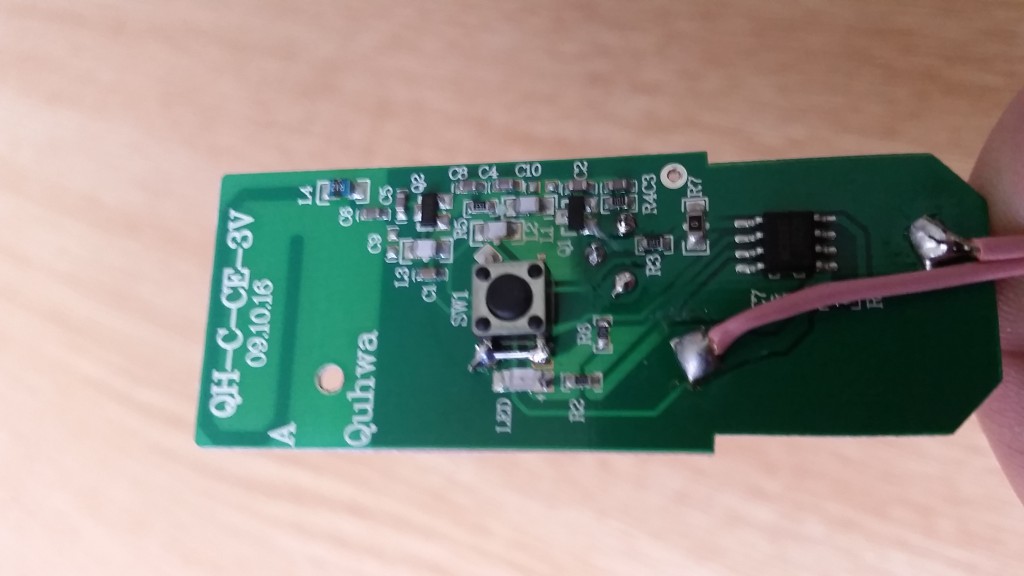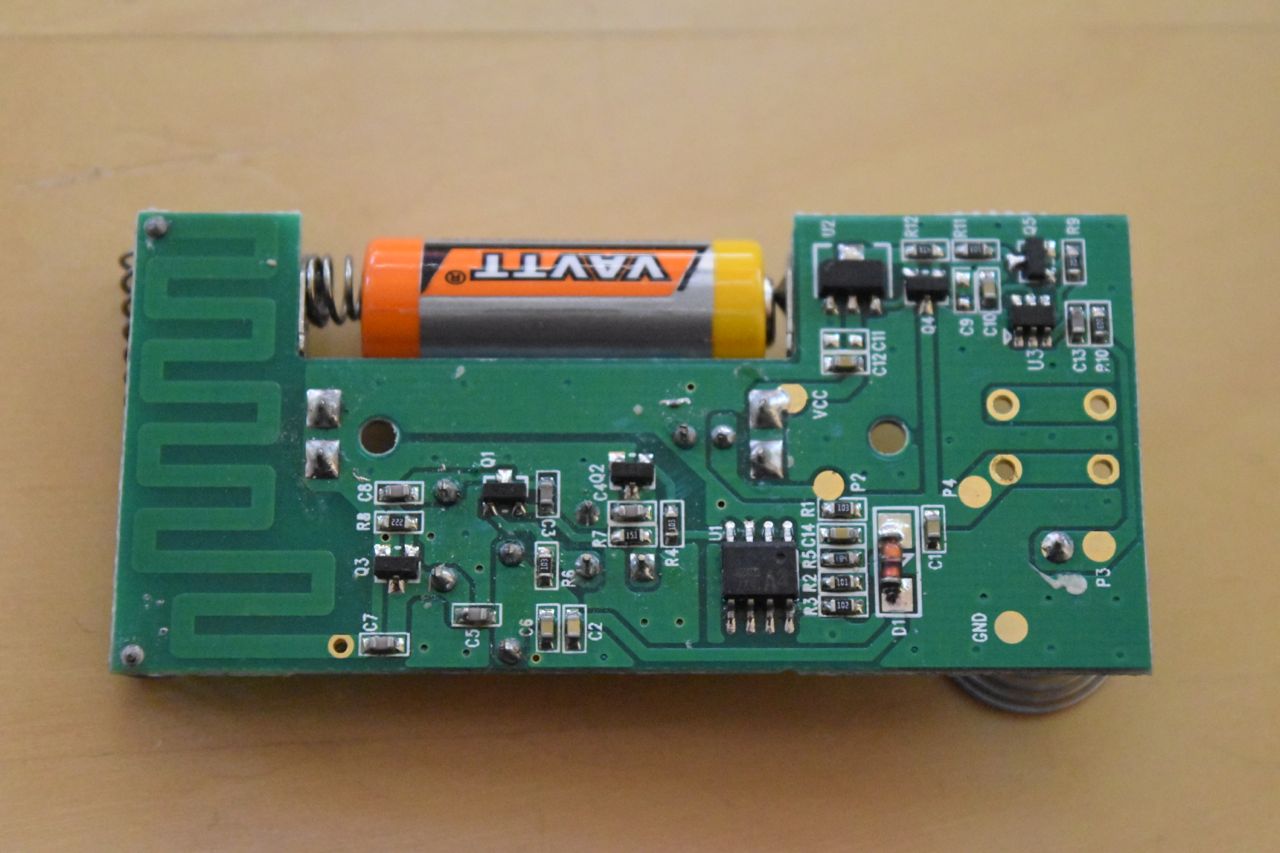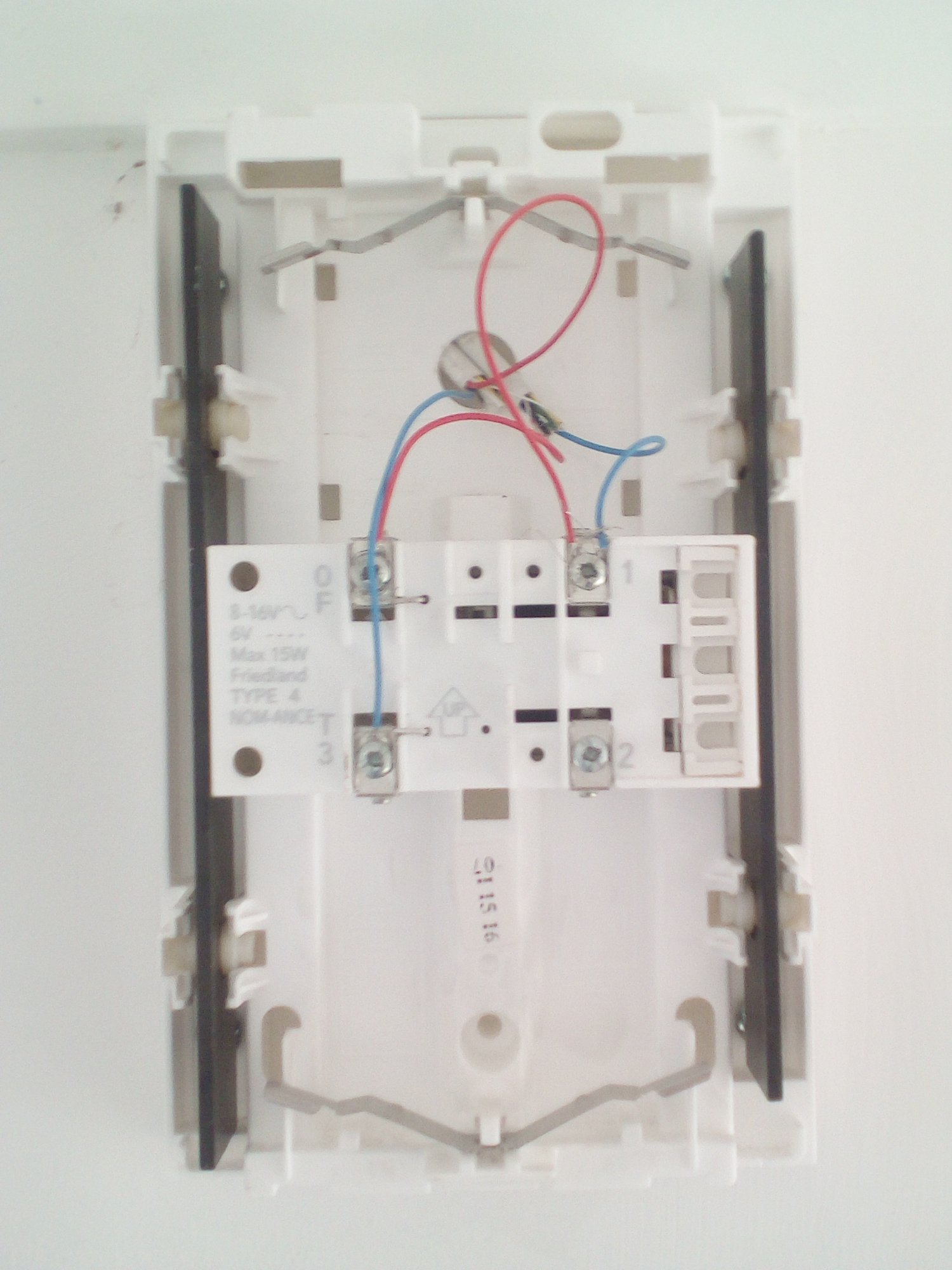obviosly theres more tech ways now 
Like me hes from essex so i kept it simple, and the main thing it worked.
These bell posts tend to do 14 pages, with abuse and over use of the ignore button, so its early days yet.
Like me hes from essex so i kept it simple, and the main thing it worked.
These bell posts tend to do 14 pages, with abuse and over use of the ignore button, so its early days yet.






